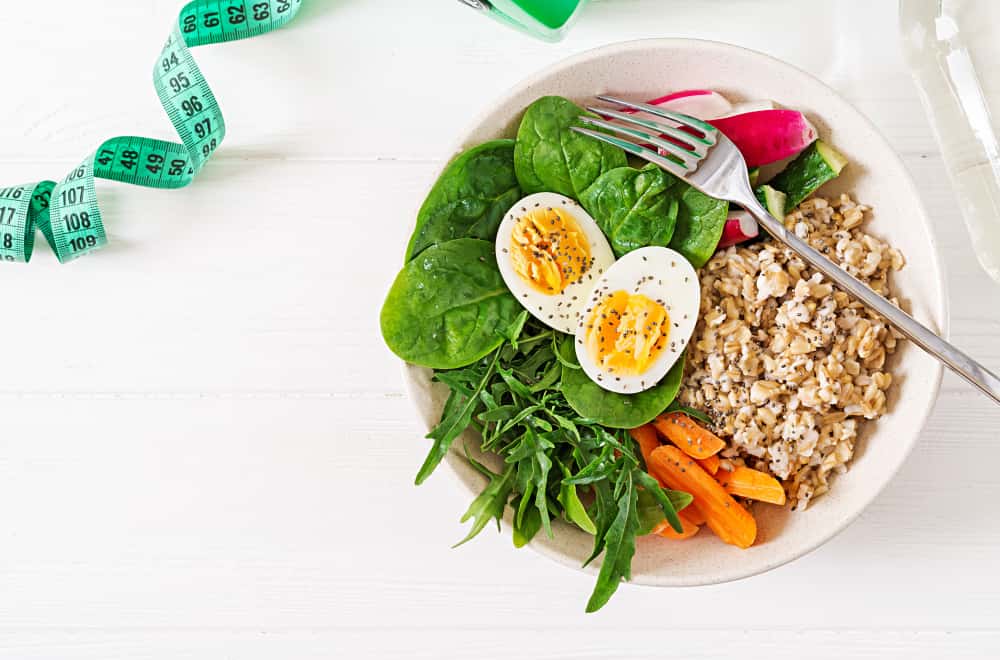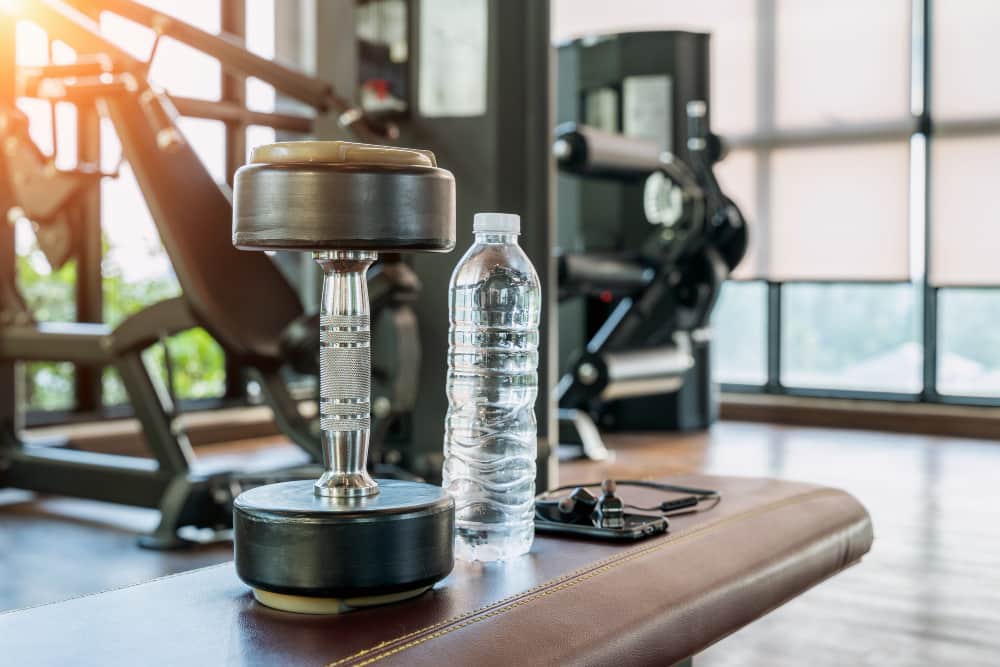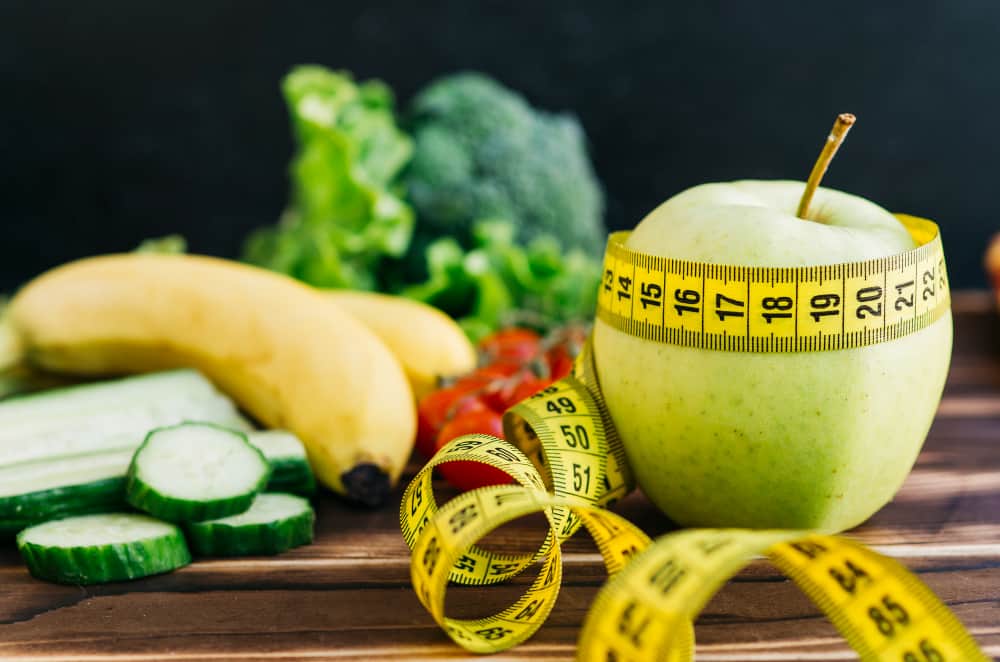Here is your complete guide to workout and diet plans.
Introduction to Workout and Diet Plans
The first step toward achieving your weight loss goals is often regarded as the most difficult: changing your eating habits. So what are workout and diet plans? What do you need to know about workout and diet plans? Why workout and diet plans are important? Here is your complete guide to workout and diet plans. You will find everything about workout and diet plans.
We’ve spent our entire lives developing a taste for certain foods, often unhealthy ones: processed carbs, fast food, sugary pastries, and, don’t forget, deep-fried. But our eating habits go deeper than that…deep within our psyche: perhaps you’re a picky eater who avoids green foods, perhaps your parents’ idea of cooking was a fast food drive-thru window, or perhaps you simply don’t know any better.
But now that you’re older and wiser, it’s time to arm yourself with information on how to eat well and feel better. Forget about trendy diets that you only stick to for a month; these tips will help you achieve long-term success.
What foods should I consume?
The answer should come as no surprise: healthy food! And food that is as close to natural as possible.
You should start thinking about food in terms of the amount of macronutrients—protein, carbs, and fat—it contains, and try to keep track of the foods from which you get those nutrients (more on this below).
Chicken breasts, whole eggs (and egg whites for pure protein), lean cuts of beef, fish, turkey, and protein powder should meet your protein requirements. Carbohydrates can be obtained from potatoes, sweet potatoes, white or brown rice, oats, fruits, and vegetables.
The majority of your fat will come from protein byproducts, but you can also get fat from avocados, nuts, nut butters, seeds, and a small amount of oil like coconut or olive.

How much should I consume?
Prepare to begin tracking calories and macronutrients. You do not have to be meticulous, but you must be consistent.
Consume 14-18 calories per pound of body weight if you want to gain muscle size and strength. Choose 10-12 calories per pound for fat loss. Yes, these are ranges rather than exact numbers; you’ll need to experiment to find what works best for you.
Begin at the lower end of the spectrum for muscle gain and the upper end for fat loss to allow for gradual changes, and adjust if you aren’t gaining or losing weight after two weeks.
Protein and fat intake should be very similar when bulking up or slimming down. Consume 1-1.5 grams of protein and 0.4 gram of fat per pound of body weight.
Carbohydrates have the most impact on body weight because of their effect on insulin, a hormone that causes muscle or fat gain depending on the timing and composition of your meals. As a result, the amount of carbs you consume will vary greatly depending on your goal.
To gain weight, consume two grams of carbs per pound of body weight. Prepare to gain fat in addition to muscle, as more carbs mean higher insulin levels and a greater potential for fat storage. Consume one gram of carbs per pound of body weight to lose fat.
What exactly does it all mean?
If you weigh 180 pounds and want to gain muscle, you could begin your mass-gain diet by consuming approximately 2,700 calories per day. This would be 180 grams of protein, 360 grams of carbohydrates, and 70 grams of fat.
If the same guy wants to lose weight, he should start with 180 grams of carbs rather than 360.
Is there a more convenient way to calculate calories and grams?
Absolutely. To begin, just concentrate on the grams you need to consume—the calories will fall into place naturally, as long as you aren’t slathering your food in sauces, dressings, and other seasonings. (Learn how to season your meals more simply; see muscleandfitness.com for recipes.)
“Four ounces of meat or fish contains about 25 grams of protein,” says a nutritionist who works with bodybuilders to prepare for competitions. “A deck of cards’ size.” One cup (eight ounces) of a starch food (potatoes, rice) is roughly the size of a baseball or a clenched fist and contains 50 grams of carbs.
“Unless it’s a melon, one piece of fruit is about 25 grams of carbs.” Non-starchy vegetables, such as all greens, are exempt from counting.
As previously stated, the majority of your dietary fat will come from protein foods—a four-ounce portion of meat or fish can contain up to five grams of fat—but you can consume fat-rich foods in moderation. A cup of raw nuts contains about 70 grams of fat and two tablespoons of nut butter is about the length of your thumb. Any oil contains 15 grams of fat per tablespoon.
You might be surprised to learn that high-fat foods are not restricted because fat is “unhealthy” or inherently fattening. Physique-conscious eaters should avoid them due to the calories they contain (nine per gram as opposed to carbs and protein, which offer only four).
Because fat is so caloric, it can quickly cause you to exceed your calorie limit and crowd out other nutrients in your diet. However, if you are having difficulty gaining weight, increasing your fat intake, which will add significant calories, could be one of your strategies.
Saturated fat is used by the body to produce testosterone, so eat a lean steak or burger on a regular basis.
What should I eat before going to the gym?
Allow your workout time to determine this. If you’re training first thing in the morning, you can have only water. Black coffee is also acceptable and may even increase the amount of fat burned during the session.
Assuming you ate dinner the night before, your body will be flush with amino acids (protein components) and stored carbs, so there’s no need to fuel your training any further. In fact, eating carbs right before a workout can reduce the amount of fat you burn during the workout.
If you’re training in the afternoon or evening, however, you can eat some protein and carbs an hour or more before the workout to help you get through it; 25 grams protein and up to 50 grams carbs is fine.

What should I eat after exercising?
A 6% carb solution, six grams of amino acids, a combination of both, or a placebo were given to male subjects in a 2000 study published in the European Journal of Applied Physiology. The researchers concluded that those who consumed the carb and amino acid shake gained more muscle than the other groups because the concoction reduced muscle protein breakdown the most after training.
The precise amount of protein and carbohydrates you should consume is debatable, but most nutritionists agree that eating some is preferable to none.
We prefer a carbohydrate-to-protein ratio of 2-to-1, so another 50 grams of carbs and 25 grams of protein. A protein shake would be ideal at this time because it digests quickly, delivering nutrients to the muscles when they are most needed to kickstart the recovery process.
However, whole food can also be effective. If you’re on a tight budget, we claim that one or two pieces of fruit will provide enough carbs to keep your muscles from breaking down and will kick-start growth. Fruit can be paired with a lean protein, such as white fish.
Another point to mention is that by “workout,” we mean weight training. There is no need to eat anything special before or after a cardio session. In fact, just like with morning weight training, avoiding eating before a cardio session will help you burn more fat calories.
Can I ever go off my diet?
Without a doubt. The only way to keep a healthy eating plan going is to allow for some leeway.
“Aim for one or two cheat meals per week.” These are meals where you can eat whatever and as much as you want, but once you’re done, you’re done. Don’t leave it on all day.
Incorporating booze, pizza, or whatever treats you enjoy will keep you on track in the long run without making you hate the process.
“Don’t give up any food you enjoy for an indefinite period of time.”

Menu Example: Workout and Diet Plans
BREAKFAST
8 ounces black coffee
3 eggs scrambled
2 cups cinnamon-flavored unsweetened cooked oatmeal
LUNCH
grilled salmon (3 oz.)
2 tablespoons olive oil and vinegar on a large raw salad
2 cups baked or sweet potatoes
SNACK 50g protein, 25g carbs, 5g fat meal replacement shake
POST-WORKOUT
1 banana 25g whey protein
DINNER: Workout and Diet Plans
baked chicken breast, 6 oz.
3 cups jasmine rice or potato
1 cup broccoli, steamed
Dessert Workout and Diet Plans
2 tablespoons almond butter, 1 scoop chocolate casein powder, and water (to make a pudding)
Read More About Top Tips For Gym Diet For Vegetarians.
Read Also: The Surprising Health Benefit of Celery Tea.

